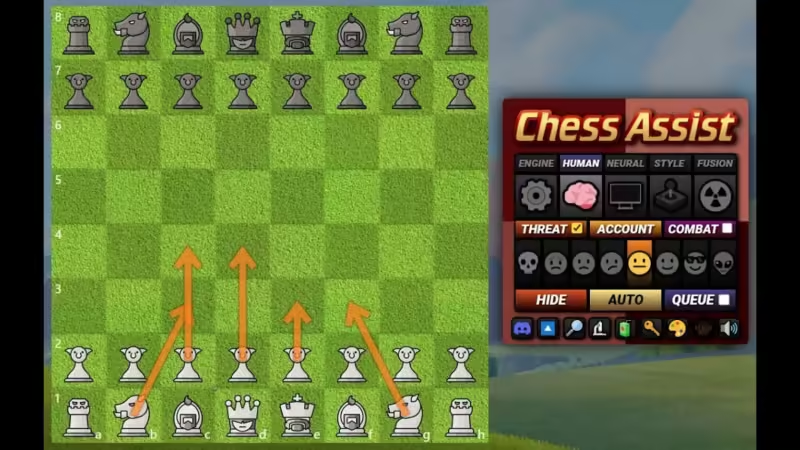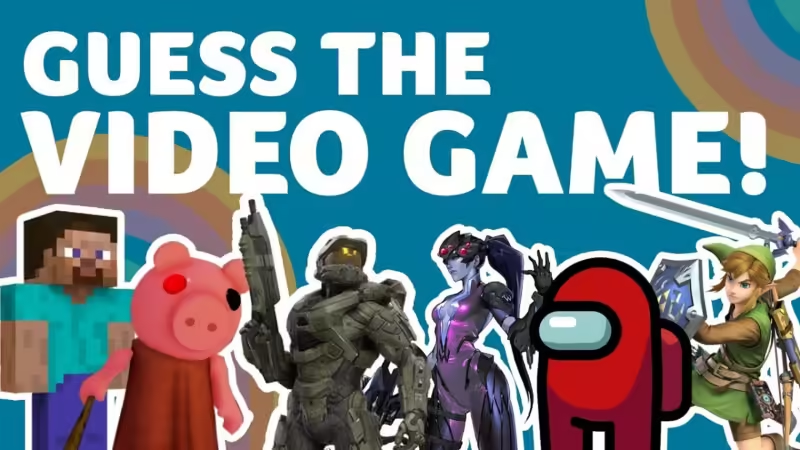Why Gamification Platform is the Key to Engaging Students in Learning

Are you struggling with keeping your students engaged and motivated in the classroom? Look no further than gamification! By incorporating game elements into your lessons, you can transform learning from a chore to a fun and interactive experience. In this blog post, we’ll explore why gamification is the key to engaging students in learning and how it can benefit both teachers and learners alike. Get ready to level up your teaching game!
Introduction to Gamification
Gamification is the use of game-based elements and mechanics in non-game contexts in order to engage users and motivate them to achieve their goals. Gamification can be used in a variety of settings, including education, business, health care, and more.
When it comes to education, gamification can be used to engage students in learning and increase their motivation to achieve their academic goals. For example, teachers can use game-based elements in the classroom to make learning more fun and engaging for students. Additionally, gamification can be used as a tool to assess student learning and progress.
There are a variety of ways to incorporate gamification into the educational setting. Some common methods include using badges or points systems to reward students for completing tasks or demonstrating certain skills, setting up leaderboards to encourage competition among students, and incorporating game-like features into existing educational software or apps.
No matter what approach is taken, gamification has the potential to engage students in learning like never before. So if you’re looking for a way to increase student engagement and motivation in your classroom, give gamification a try!
What is a Gamification Platform?
A gamification platform is a software application that uses game mechanics and game design principles to engage users and motivate them to achieve their goals. Gamification platforms can be used in a variety of settings, including education, business, health care, and government.
There are a number of gamification platforms on the market today, each with its own features and capabilities. Some of the more popular gamification platforms include Badgeville, Bunchball, Gamify, and Playlyfe.
Benefits of Gamification for Students
Gamification is a great way to engage students in learning. It can help students learn new material more quickly, retain information better, and develop problem-solving skills. Gamification can also motivate students to stay on task and stay engaged in learning. In addition, gamification can help students develop a growth mindset and become more resilient in the face of setbacks.
How Can You Use Gamification to Engage Students?
Gamification can be used to engage students in a variety of ways. For example, games can be used to teach new concepts, reinforce existing knowledge, and motivate students to learn more. In addition, games can also provide opportunities for social interaction and collaboration among students.
When used effectively, gamification can help students to see learning as an enjoyable and rewarding experience. This can lead to increased motivation and engagement in learning. Ultimately, this can result in better academic performance for students.
Examples of Effective Gamification Strategies in Education
There are a number of effective gamification strategies that can be used in education to engage students in learning. Some of these include using badges and points to reward students for completing tasks, setting up leaderboards to encourage competition, and using game-based activities to teach new concepts.
Badges and points are a great way to motivate students to complete tasks. Students can be awarded badges for completing assignments, participating in class, or achieving good grades. Points can be used to track progress and award prizes. Leaderboards can also be used to encourage competition among students. By tracking progress and awarding prizes, students will be motivated to do their best.
Game-based activities are also an excellent way to engage students in learning. By using games to teach new concepts, students will be more likely to retain the information. Games can also be used as a form of assessment. By having students play games, educators can gauge understanding and progress.
Conclusion
In conclusion, gamification is a powerful tool for engaging students in learning and providing immersive experiences. This technique can be used to create incredibly innovative educational games that foster collaboration and problem solving skills while allowing students to have fun at the same time. By incorporating gamification into the classroom, teachers can help empower their students to become more engaged learners who are motivated by challenges and rewards.
![]()






